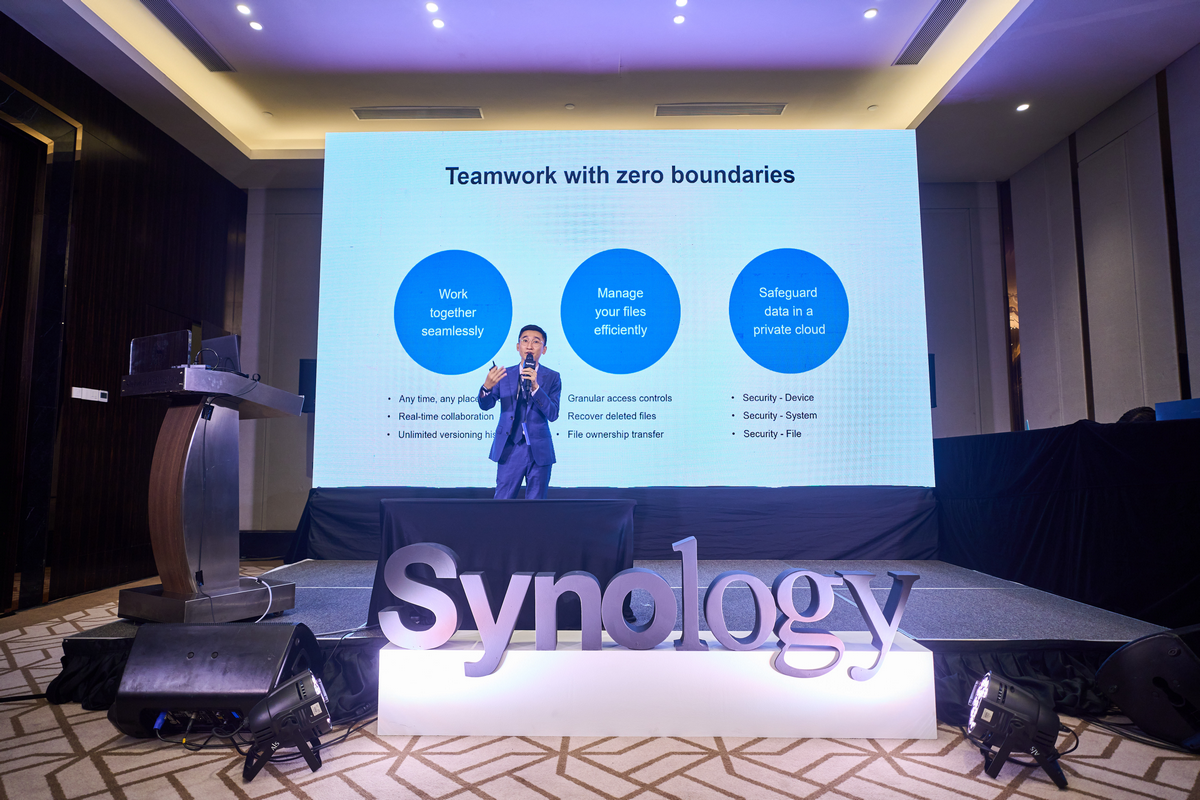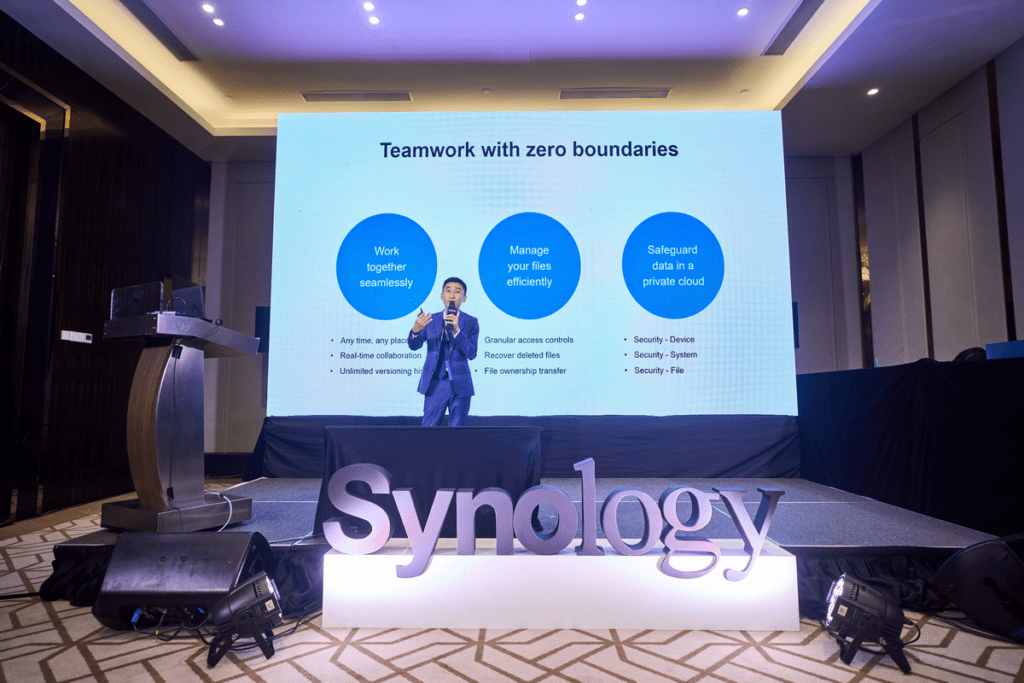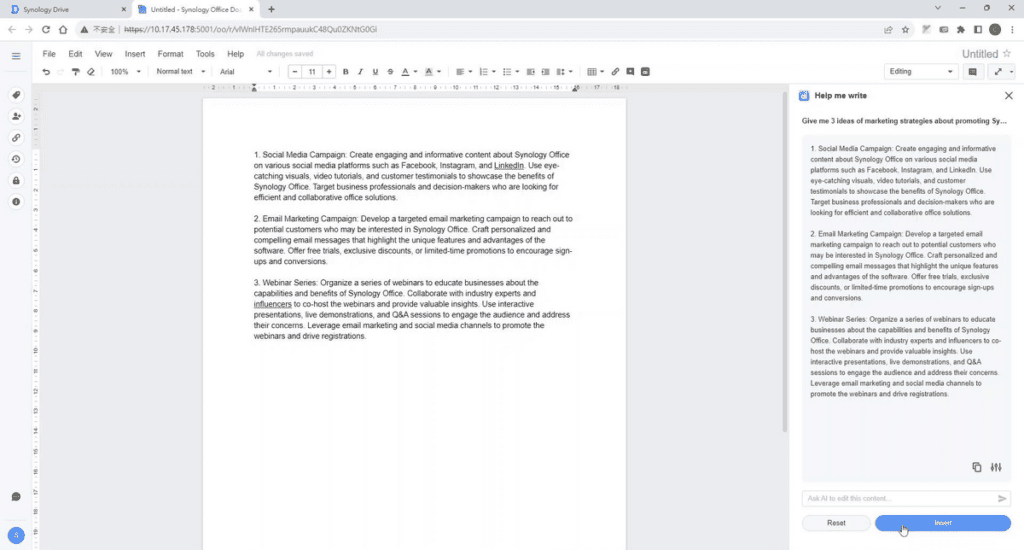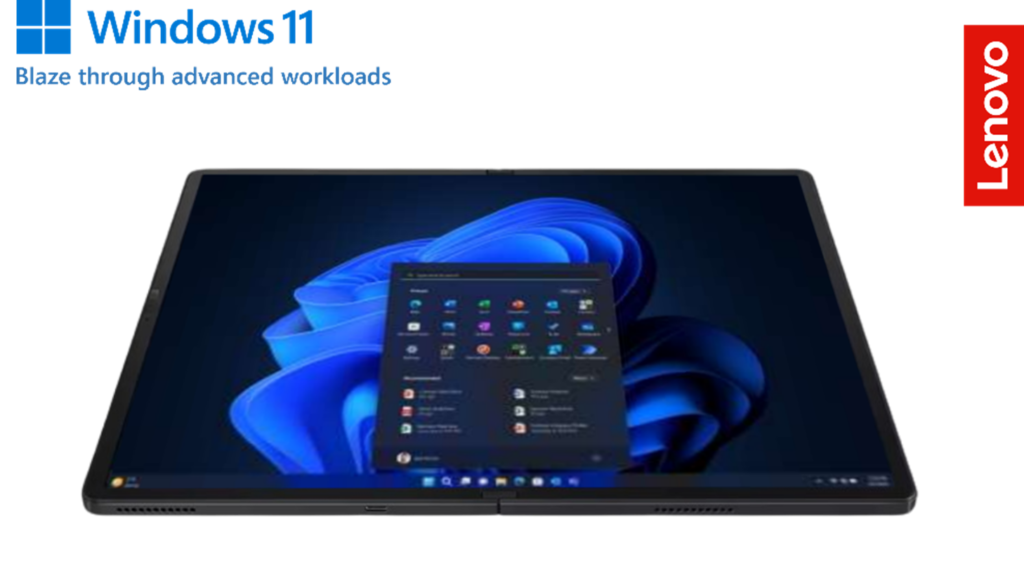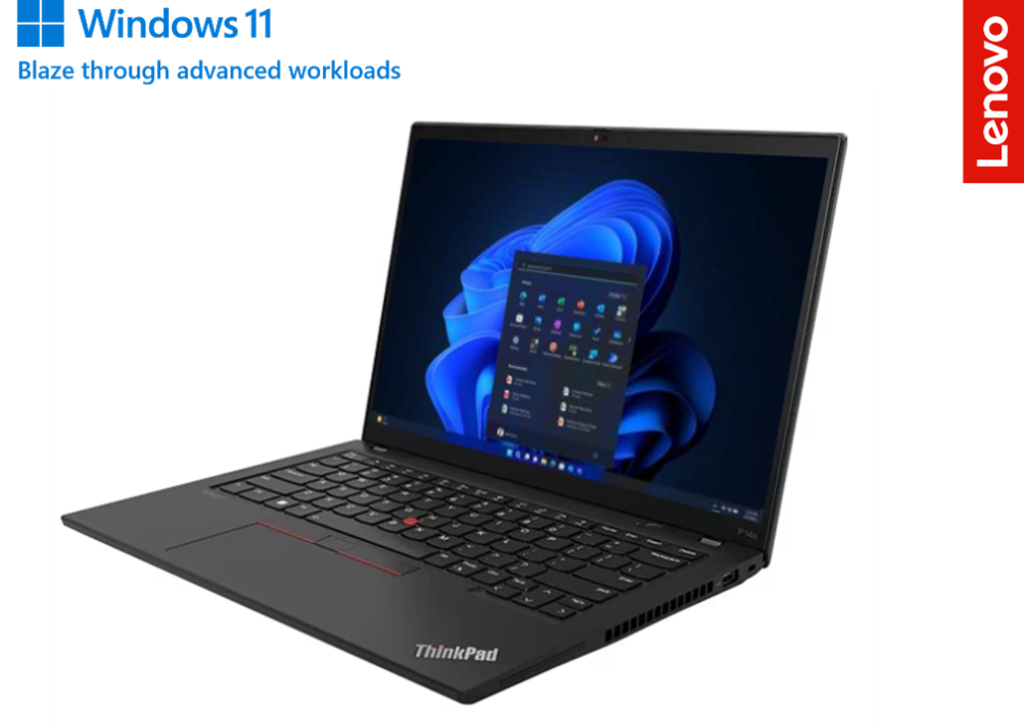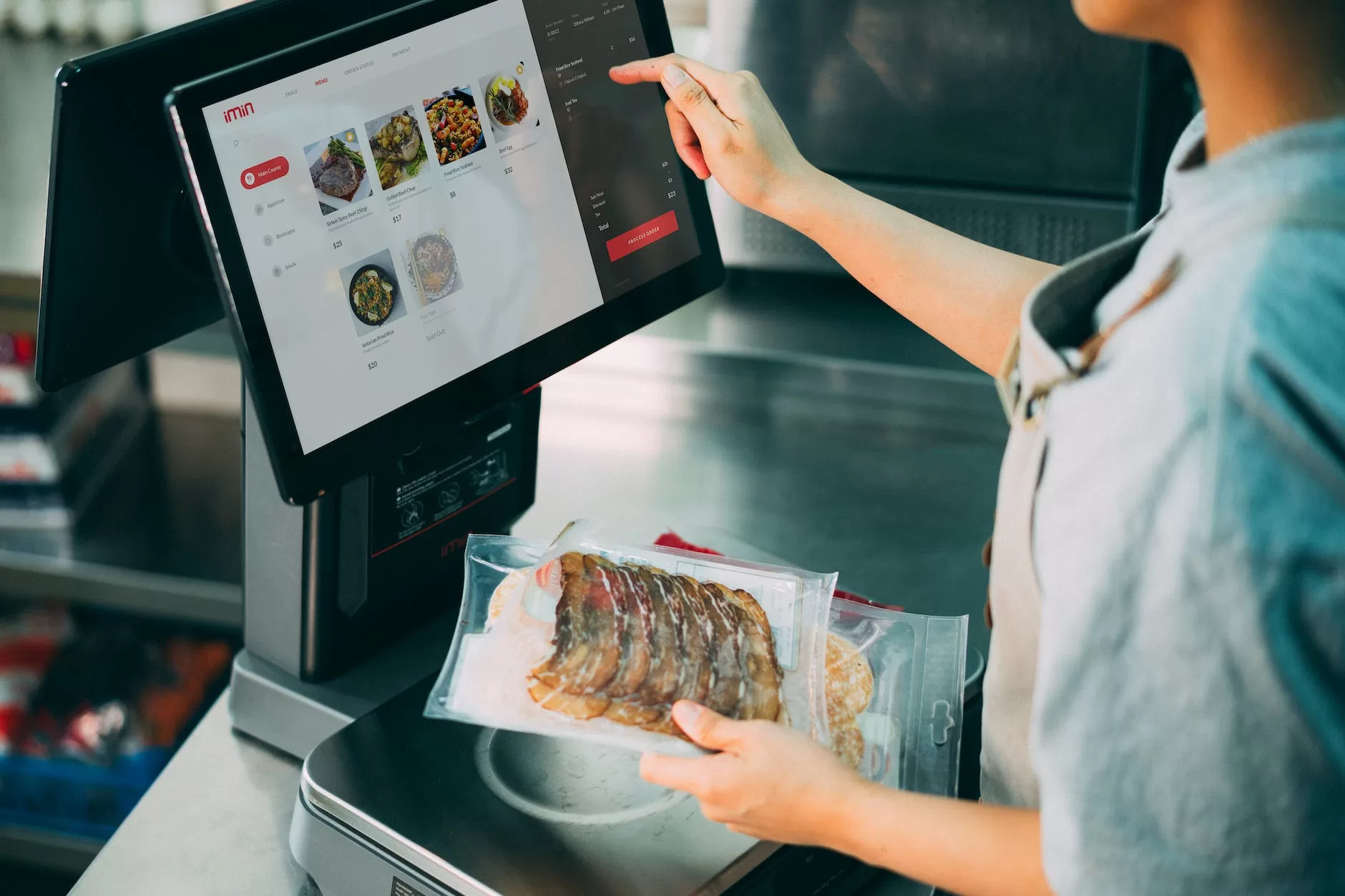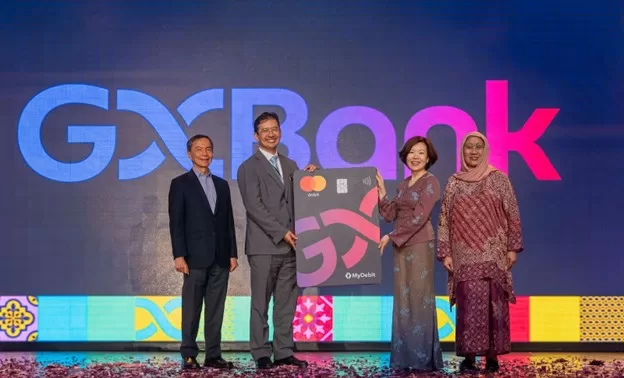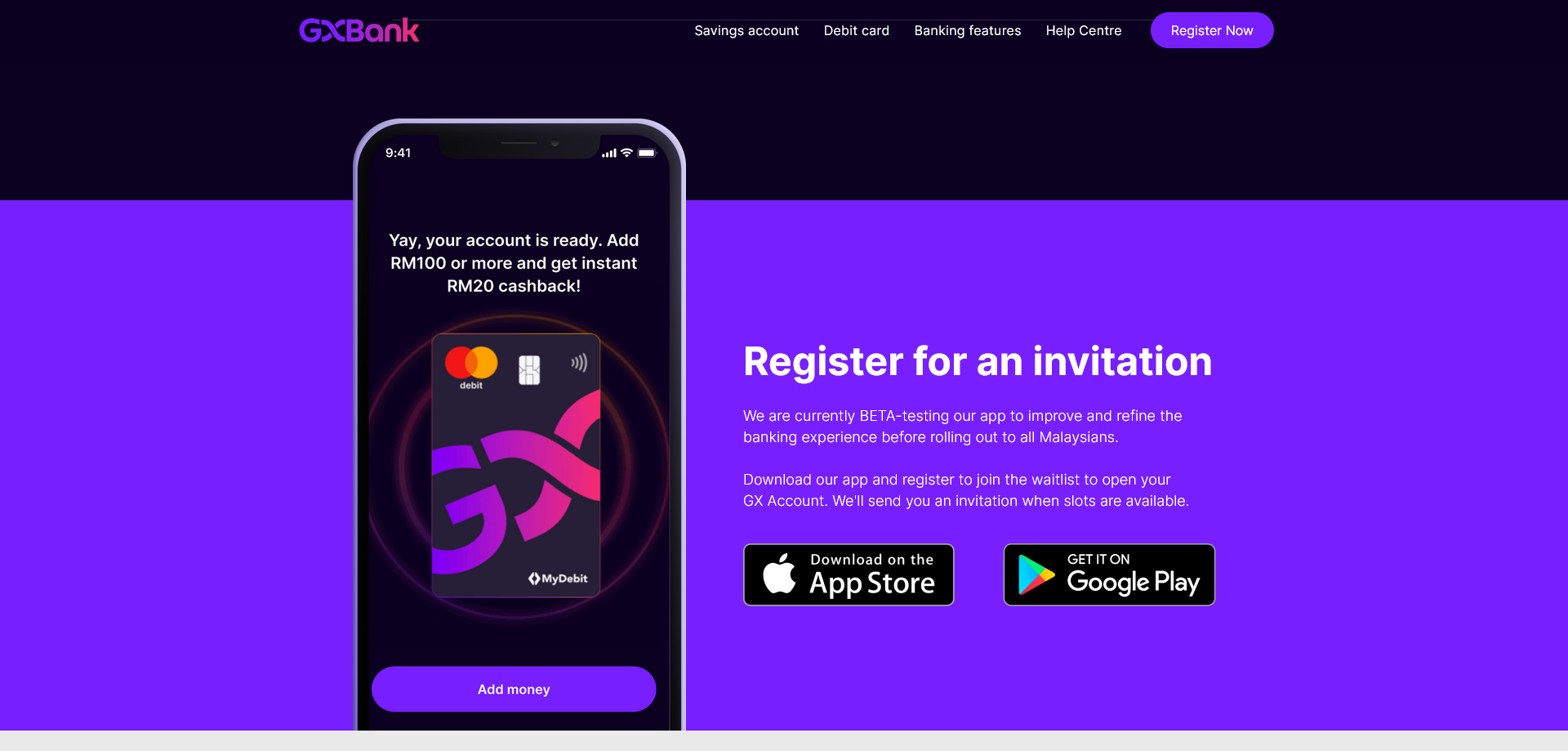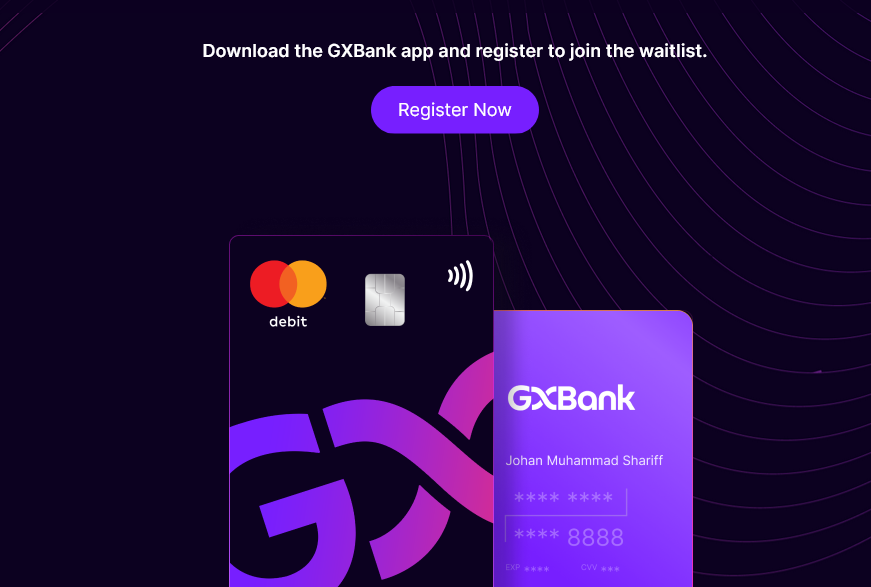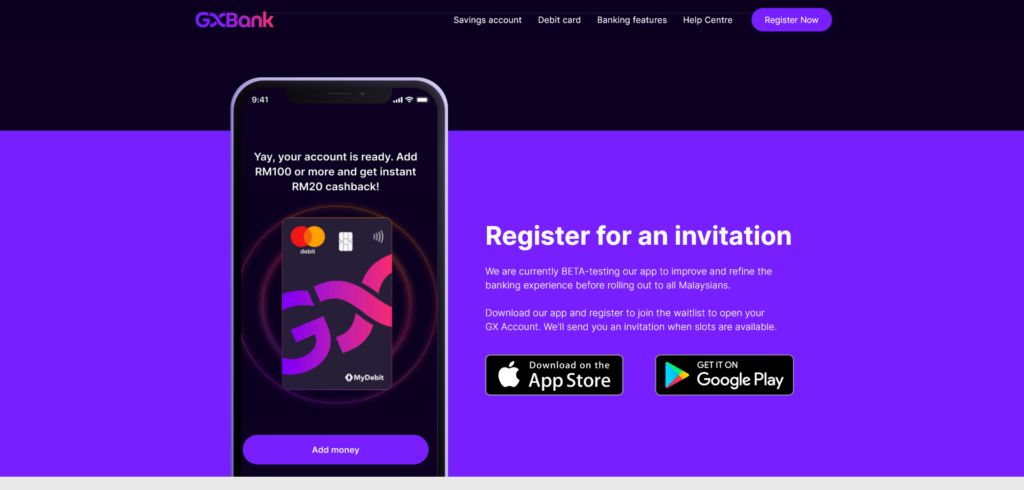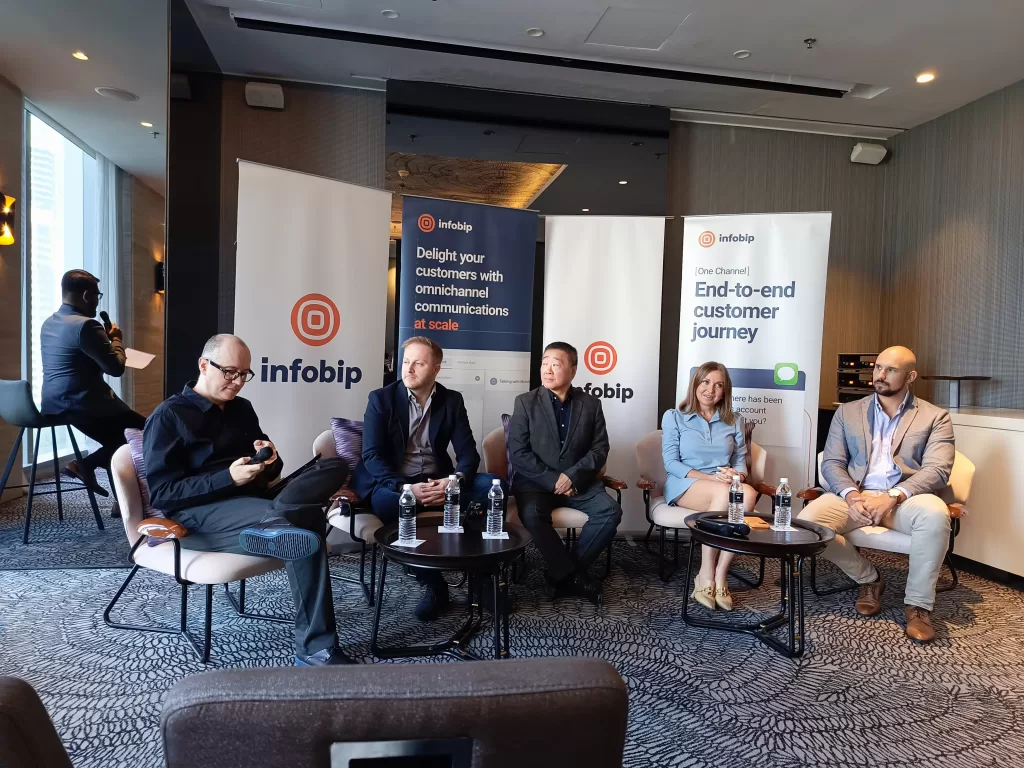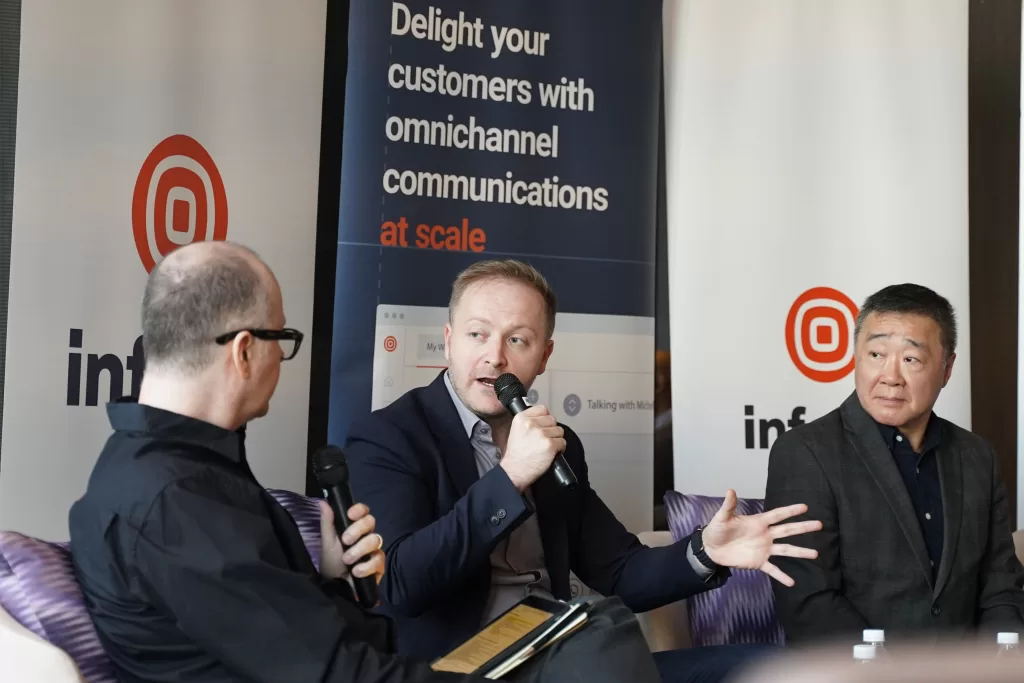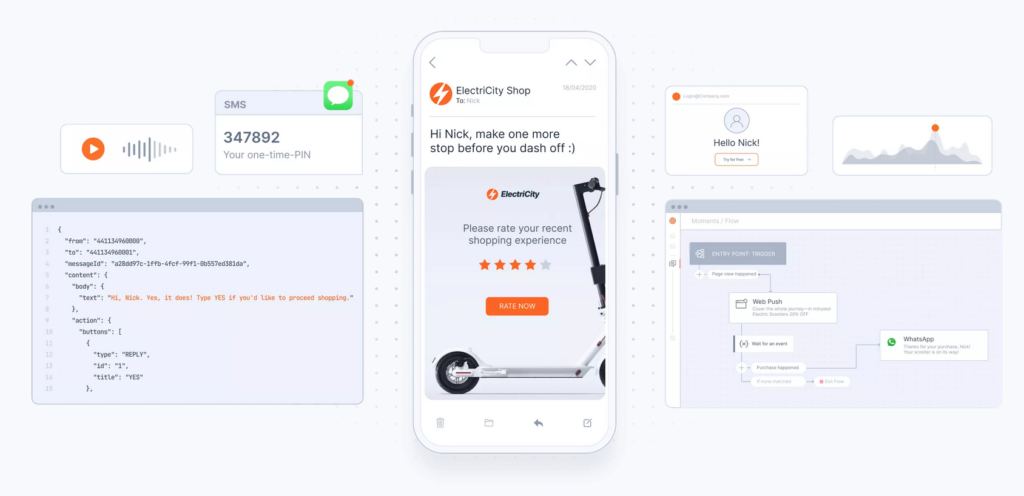Recruitment and the tech industry are things that aren’t going hand in hand at the moment. With the unprecedented growth of the tech industry during the COVID pandemic, it is experiencing a large number of layoffs as it continues to return to “normal”. However, with the contraction of large tech MNCs, comes an opportunity for Malaysian SMEs to acquire the talent they sorely need.

“Amid the pandemic, many tech firms flourished as people embraced online activities. However, the return to regular work patterns led to significant layoffs due to economic strains. Currently, the tech sector is cautiously recovering, showing restrained spending on innovation despite abundant growth potential, especially driven by AI’s widespread adoption across various industries“
Kevin Fitzgerald, Managing Director of Asia at Employment Hero
A Need to Stay Competitive and Look Beyond Local Borders Despite Higher Costs
Employment Hero, recently highlighted in its “State of Recruitment” whitepaper, that Malaysian SMEs (Small and Medium Enterprises) are facing stiff competition when it comes to recruitment. Not only are they competing with MNCs when it comes to benefits, culture and remuneration, but they are also facing gaps when it comes to integrating technology into their recruitment processes. This is further compounded by the outlook of potential recruits who vie for positions in MNCs and conglomerates for stability and equity.

There’s no denying that there has been a steep increase in the cost of talent over the years. However, this increase corresponds to a steeply increasing cost of living thanks to a projected economic downturn. In fact, Employment Hero’s report notes that 52% of recruiters see this as a main factor in the increasing cost. That said, should SMEs take the lead in providing or realigning their minimum wages to a more livable wage beyond the current RM1,500 requirement? That’s a question for SMEs to ponder as they continue to form an increasingly important contributor to the Malaysian economy with a contribution of over 38% in 2022, a 3.4% growth year on year from 2021. Not to mention, they account for over 60% of employment nationwide.
SMEs can no longer sit idly by vying for the scraps of larger corporations and MNCs if they want to remain competitive. Like the Malay proverb “Bagaikan cendawan tumbuh selepas hujan” which indicates that mushrooms sprout increasingly after the rain, the Malaysian SME industry is a dime a dozen when it comes to competition. SMEs need to ensure that they are catering to a market larger than just Malaysia. They need to vie for a piece of the international pie and they can only do this if they set their sights and benchmarks at that level.

“To stay ahead of their competitors, local tech SMEs can emphasise their distinctive strengths within the company, such as a supportive and positive work environment, growth opportunities and customise recruitment and retention strategies to resonate with the needs and aspirations of potential employees. Sharing their narrative and embodying values is crucial for SMEs, especially since millennial candidates actively seek employers with whom they can form genuine connections.“
Kevin Fitzgerald, Managing Director of Asia at Employment Hero
Malaysian SMEs can also differentiate themselves with intangible benefits such as workplace culture, work environment, growth opportunities and even retention strategies. These items, which are totally in the hands of business owners and board members in SMEs allow them to offer a better, more coherent work environment that caters not only to the company’s bottom line but also to the well-being of their workforce. An increasingly weighty consideration for candidates is a remote work policy. The Malaysian government has also mandated that companies need to have a remote work policy. While this may seem to be a remnant of the COVID pandemic, it’s become an increasingly crucial consideration for workers, particularly young parents. However, it’s not the only younger ones that look for this, it’s an increasingly sought-after mode of work. What’s more, research has shown that remote work is as effective as – if not more effective than – working in person.

That said, the Malaysian government continues to invest in the tech industry. This is particularly true when it comes to 5G- and AI-related technologies at large. Drilling down, the country is also investing in segments for animation, game development and even manufacturing when it comes to tech. With these investments, SMEs can expect more talent to come their way. It falls on their plate whether they are willing to invest in long-term wins rather than short-term gains when it comes to talent.
More Candidates Does Not Mean More Quality or Shorter Lead Times
Even with those considerations, the Malaysian hiring landscape is not an easy one especially when it comes to SMEs. A staggering 70% of hiring leaders state takes up to a month to fill a vacant position. This is despite getting a large number of applicants. In fact, the larger the number, the longer it took recruiters to fill a position. What’s more, things get a little more complex when it comes to retaining new talent. About 43% of hiring managers report that less than 5% of new recruits actually last beyond their probationary period.

According to Employment Hero, this could be a mismatch between the candidates and the job role or expectations. To minimize the mismatch, Employment Hero recommends that a job description (JD) should be as detailed as possible. JDs should provide enough insight into the role. Companies should provide a deep dive into the skills required and indicate where this role fits into the larger corporation. It should be a launching pad for the candidate for the rest of the recruitment process.

“As more hiring leaders implement AI in their hiring processes, they are likely to see a wider talent pool, better candidate matching and reduced bias. Importantly, we expect it to greatly reduce the entire recruitment lifecycle tremendously. So where something previously took hiring managers 41 days, it is now likely to be done in a much more accelerated time frame.”
Kevin Fitzgerald, Managing Director of Asia at Employment Hero
This level of detail helps leaders filter candidates better. In fact, the whitepaper indicates that over-hiring leaders who interviewed a smaller number of candidates saw better retention of their candidates. The number was as high as 63% of hiring leaders reporting this. In essence, companies need to look at vetting their applications from the get-go with a detailed JD followed by a precise, targeted approach to vetting job applications with a truncated timeline.
Using AI to Improve Hiring Outcomes
Of course, with technology seeping into nearly every crevice of work, it comes as no surprise that it is leaving its mark on recruitment as well. The integration of technologies like AI will undoubtedly help bolster the quality of candidates as well as the rate of retention of new talent.
However, it’s also posing a hurdle as SMEs continue to wrestle with investing both monetarily and when it comes to skills. Unfortunately, when it comes to skills, SMEs are eventually going to have to choose between upskilling the talent they have or investing copiously in third-party recruiters who have the know-how. That said, it’s again a choice between short-term gains versus long-term gains. It falls to SMEs where their appetite for investment is and how they see their organization benefiting.

There is, however, another option – leveraging AI technology. AI is simplifying the search for talent in many ways. In fact, Employment Hero has noted that 99% in Malaysia are already using some form of AI in their recruitment practices. AI is being leveraged to improve decision-making and detect anomalies in applications. It can also be used to gauge the candidate’s suitability for the company.
With AI integrations, recruitment timelines are being shortened while increasing the quality of candidates. It’s even making changes to how companies onboard new candidates. It can even be used for background checks.
A Balancing Act between Recruitment, Growth and Investment
As much as the climate for recruitment is improving, it is increasingly becoming a balancing act for SMEs. SMEs need to determine where their priorities are; be it in recruiting high-caliber talent, upskilling and retaining current talent or even investing in technology to improve the overall recruiting process. The bottom line lies with the priorities of SMEs themselves.

